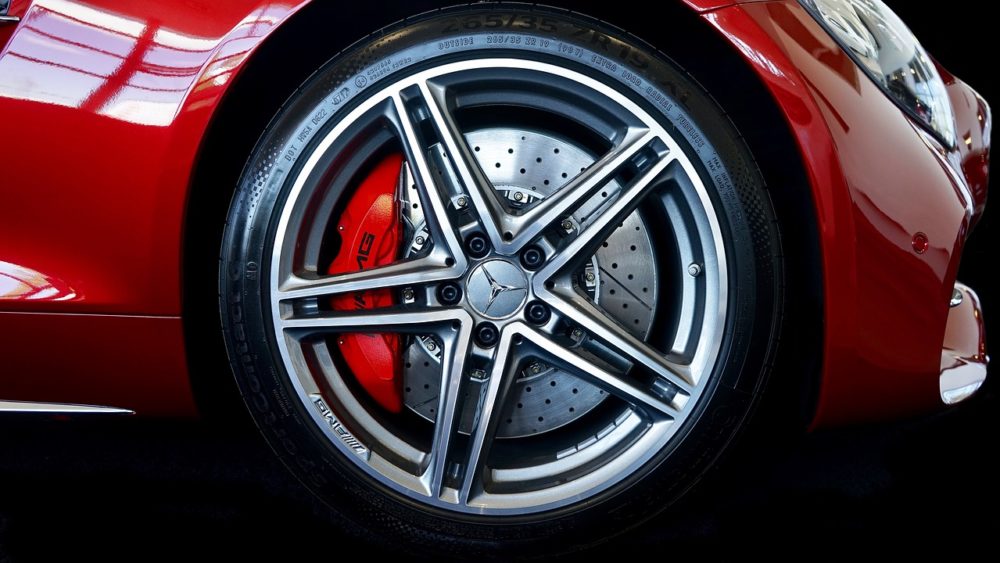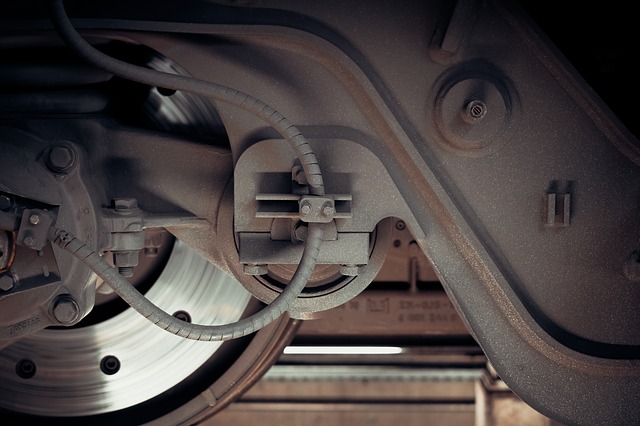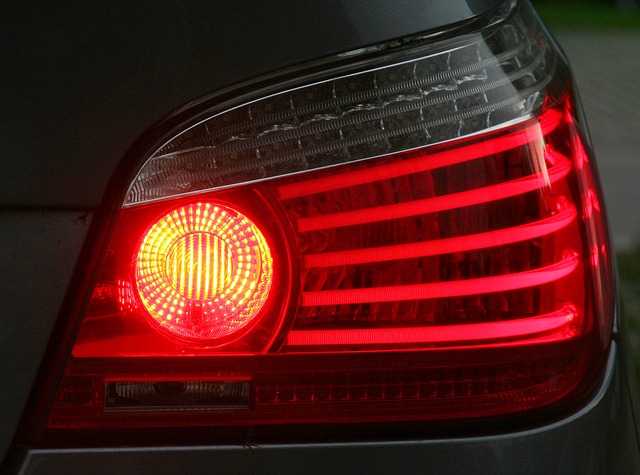
How To Bleed Your Brakes
If you find that the brakes on your car are feeling “soft”, chances are good you have air in the lines. The way to remove the air is to bleed the brakes.
What you will need:
- Combination or Brake Bleeder Wrench
- Appropriate Brake Fluid For Your Vehicle
- Clean Jar (glass)
- Flexible hose (no longer than 2 feet)
- A Friend
WARNING:
Avoid getting air into the actuator of the ABS, BA, EBD or other braking systems. It’s always recommended that an expert bleed your brakes for you.

Steps to bleed brakes:
Locate the little nozzle (brake bleeder screw). It’s located behind each of your brakes
It’s usually easier to have your vehicle already jacked up; However, if you intend on crawling under your vehicle, it’s ideal to use a creeper (low clearance cart with wheels). If you don’t have access to a creeper, you can also place a couple layers of news paper or a blanket that you don’t care too much about.
Loosen the bleeder screw
When loosening the bleeder screw, be sure to not strip or round the screw’s hex head. To avoid professional repairs, be sure not to break the screw off.
If it’s difficult to unscrew, spray some WD-40 around the screw. Once you have loosened the screw, be sure to tighten it again – not too tight.
Place the flexible hose over the end of the bleeder screw and place the other end of the hose in the jar
Fill the jar with some brake fluid, enough to cover the end of the hose. In the event you do not have anything that fits over the screw, be sure to place the jar near the nozzle. This will help catch any fluid that squirts out of the nozzle.
Now have your partner pump the brake pedal a few times – slowly
Coordinate and time when your friend will be pressing and releasing the brake pedal by saying, “Up” and “Down” – or whatever will let you know that he/she has pressed and released on the pedal.
WARNING:
If the vehicle is elevated on a jack, ensure the wheels are blocked to avoid the vehicle from rolling. Leave your tires in a place where should the vehicle drop, it will bounce and leave you some clearance.
After pumping the pedal a few times, have your friend hold down the brake pedal. Then open the bleeder screw
Brake fluid will inevitably squirt out because of the pressure forced into the lines by pumping the brake pedal, so be cautious. If there’s air in your brake lines, air bubbles will be in the fluid. Visually, you will be able to see the bubbles, but it’s easiest if you are implementing the hose in the jar method.
Be sure to tighten the bleeder screw BEFORE your friend releases the brake
If you neglect to do so, air will surely be sucked right back into the brake lines the moment the pedal is released.
Have your friend release the pedal and inform you he/she did so
Repeat the process of loosening the screw and tightening it again and again until no more air bubbles come out with the fluid.
Add more brake fluid to your master cylinder until it reaches the “Full” line
If you make a mistake and need to bleed the master cylinder, it’s as though you are bleeding your brakes. You will still need your friend. Bleed at the point where the brake lines attach to the cylinder.

Duplicate this process for each brake
It’s imperative that you refill the brake fluid in the master cylinder after each brake.
Once you refilled the master cylinder for the last time, be sure to take the vehicle for a short drive around the block
The brake pedal should no longer feel soft when pressed. However, if it still feels soft, check the master cylinder to make sure it’s full and try bleeding the brakes one more time – even though it sounds like a pain, it doesn’t take as long as it sounds and it’s not that unusual to have to do it again (especially if it’s your first time).
If you enjoyed this article or found it informative, feel free to check out our other blogs here.

